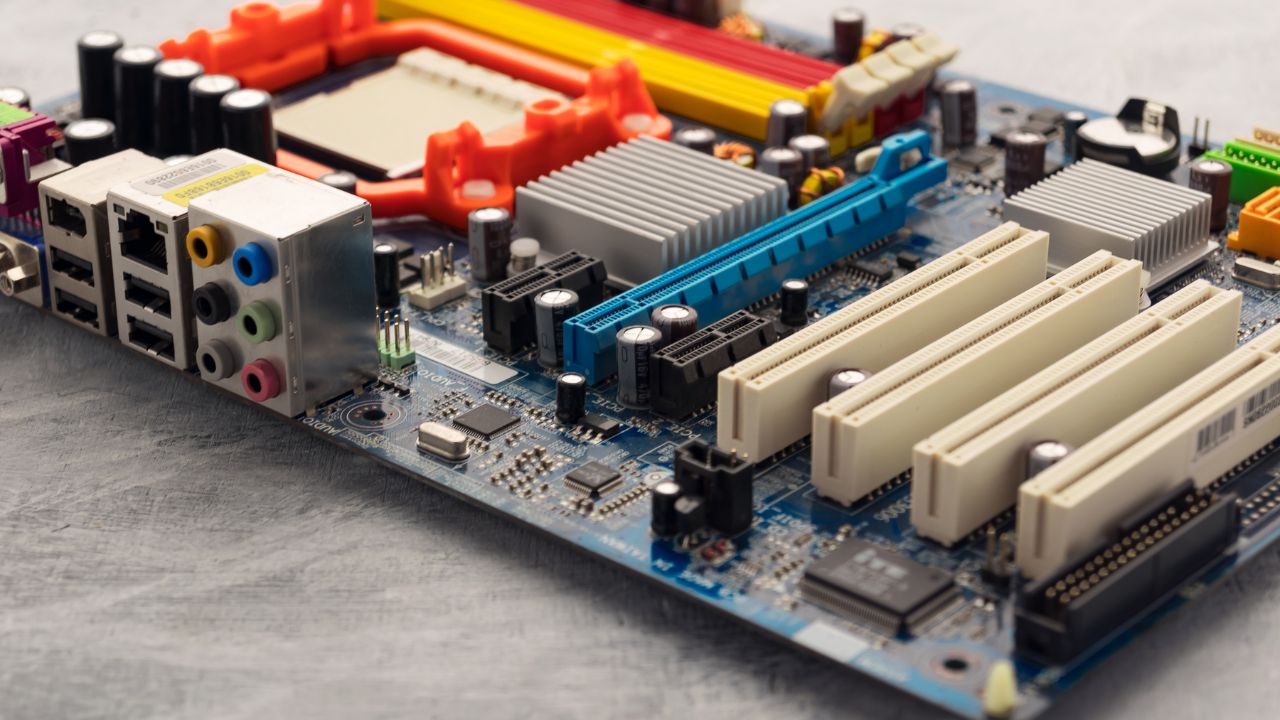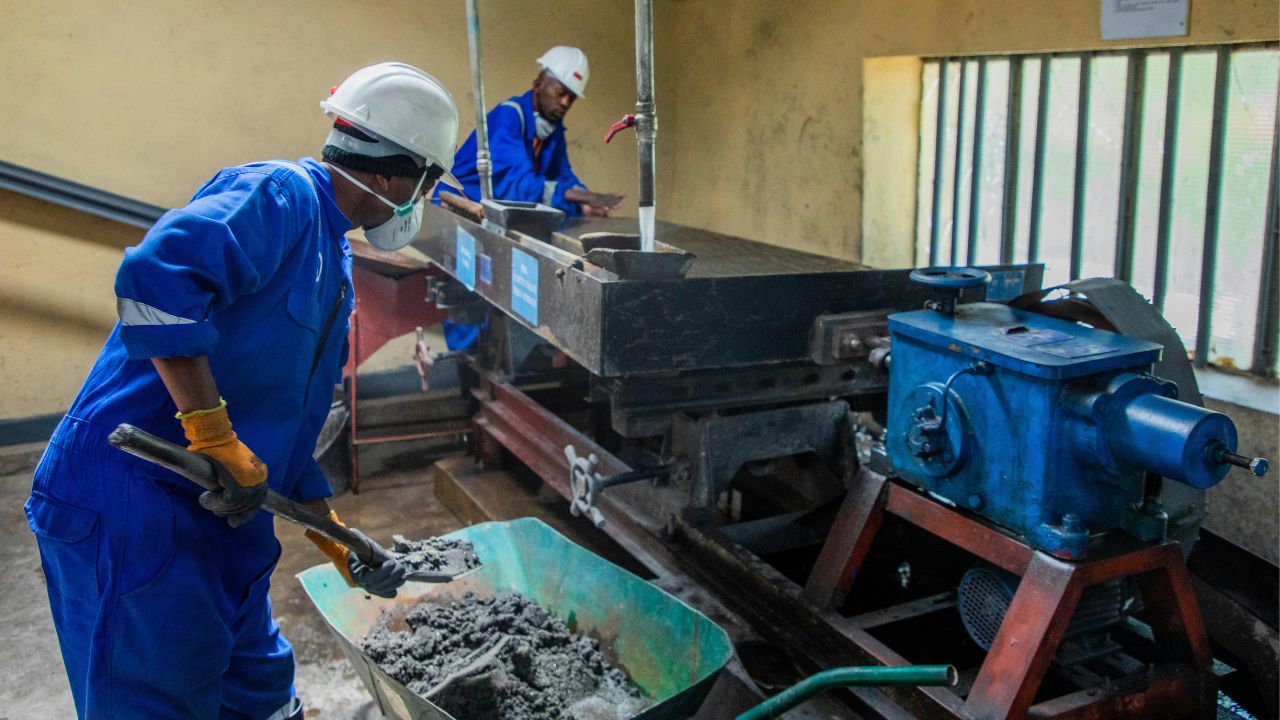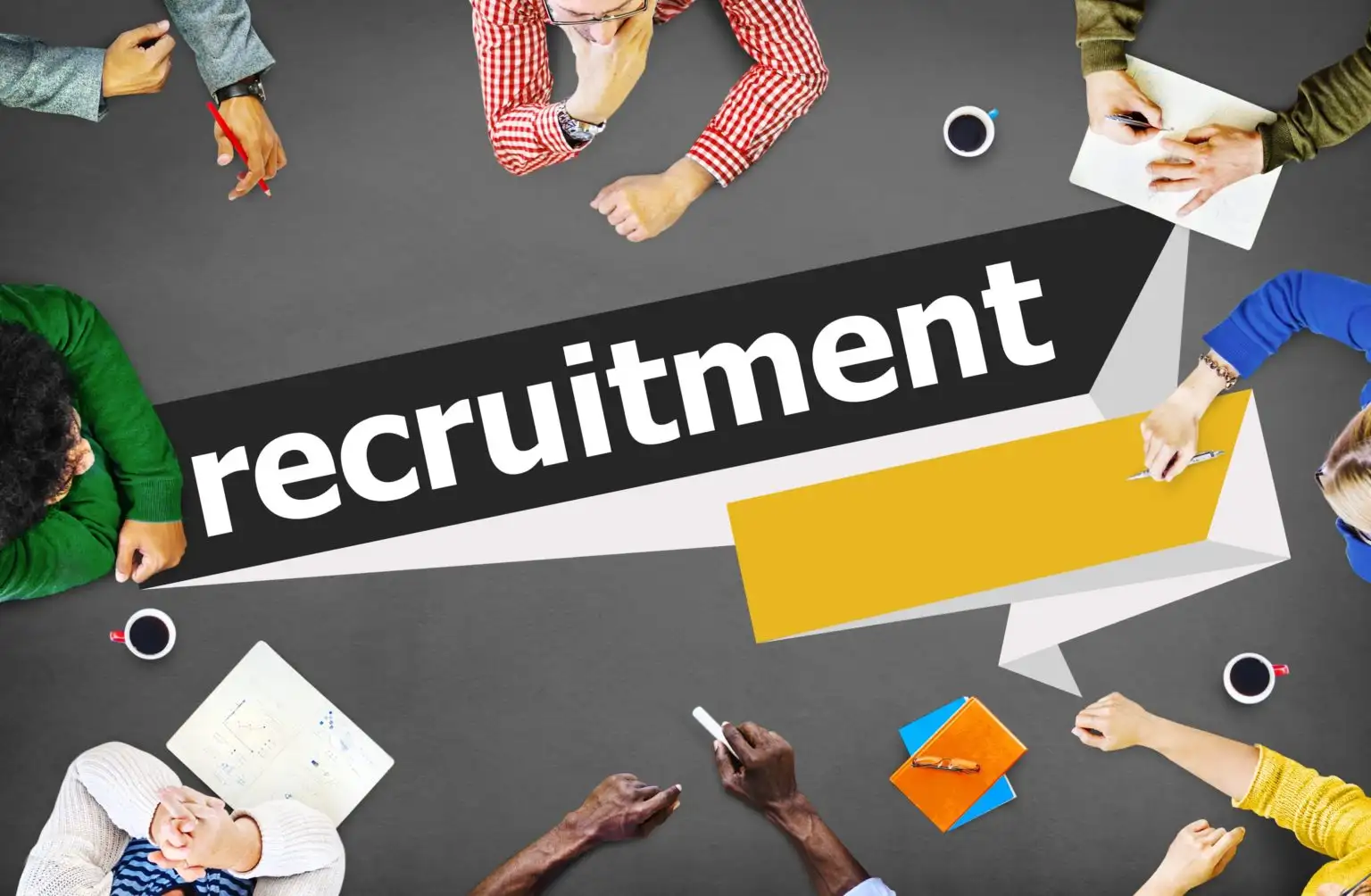You know those patriotic shirts with eagles and flags that somehow make you want to salute your mailbox? Yeah, they’re even cooler when you realize the people delivering your mail have been doing it through rain, sleet, and snow for centuries. The USPS isn’t just the reason your online order showed up today. It’s this wild, winding thread that’s tied the country together from the very beginning.
If you’ve ever wondered how this whole “postal service” thing became such a backbone of American life (and why it deserves more than just a meme or two), let’s rewind and unpack how it all started and how it’s still delivering.
What Is the United States Postal Service?
At its core, the USPS is a government-run mail delivery system, but calling it just that would be underselling it. It’s one of the few institutions that touches nearly every household in the country every single day. Whether you’re mailing a birthday card to your aunt across the country or getting your passport renewed, the USPS is the quiet force making it happen.
Unlike private delivery companies, the Postal Service is legally required to serve everyone, no matter how rural, remote, or inconvenient. That’s part of its original promise: universal service. And even in today’s world of instant messaging and same-day shipping, it’s still the only service legally allowed to deliver to every U.S. address, including P.O. boxes and mailboxes.
It’s also one of the country’s largest employers and operates without relying on tax dollars for its day-to-day operations. The stamps you buy keep the whole thing running. Quietly powerful, deeply embedded in everyday life, and a surprising reflection of American values—that’s the USPS.
When and How Did the Postal Service Begin?
Let’s rewind to 1775. The country wasn’t even a country yet, but the need to move information fast (and securely) was already critical. Enter Benjamin Franklin, who was appointed the first Postmaster General by the Second Continental Congress. His mission? Create a postal system that could help connect the colonies and carry intelligence during the Revolutionary War.
Early mail routes weren’t what you’d call efficient. Think horseback riders navigating muddy trails and crossing rivers without bridges. It worked, and more importantly, it grew. By the time the U.S. Constitution was ratified, the postal system was already recognized as essential to democracy, commerce, and national unity.
In 1792, Congress passed the Postal Service Act, making it official and giving it legal protection. One of the coolest features? Privacy. The law made it illegal to open anyone’s mail — a radical idea at the time and a huge step toward individual rights. From that point on, mail wasn’t just a way to communicate, but a symbol of freedom and trust.
How Did the USPS Evolve Through U.S. History?
If the early years of the USPS were about survival and setup, the 1800s and 1900s were all about scale. The country was expanding, and the Postal Service kept pace. Covered wagons and horseback were replaced with trains, and later, planes. New territories meant new addresses, and the USPS delivered to all of them.
The Pony Express is one of the most legendary chapters, even though it only lasted about 18 months. Still, it showed just how badly people wanted (and needed) faster communication across vast distances. By the late 1800s, the USPS had begun rural free delivery (RFD), which brought mail to isolated farms and towns — a literal lifeline for many families.
By the 20th century, mail was so central to American life that post offices became gathering spots, and stamp releases were cultural moments. During World Wars I and II, the USPS played a key role in connecting soldiers with families, often carrying hope across oceans. In the postwar boom, it evolved again, scaling up to meet the needs of suburban sprawl and growing cities.
The Postal Service has never been static. It’s constantly adapted; not just to new technology, but to the shifting shape of the nation itself.
Signed, Sealed, and Still Delivering
So, what’s the deal with the history of the USPS? Turns out, it’s kind of epic. You’ve got Ben Franklin laying the groundwork, mail carriers riding through blizzards and deserts, soldiers getting letters from home in the middle of wars, and stamps funding the whole operation. That’s not small stuff.
Today, the USPS still shows up — rain or shine, middle of nowhere or middle of the city. If this article got you thinking, maybe it’s time to give your local mail carrier an extra nod. Or send a handwritten note just because. Or finally figure out where your nearest post office actually is. However you engage, don’t sleep on the system that’s been connecting people for nearly 250 years. It’s still very much in motion.








